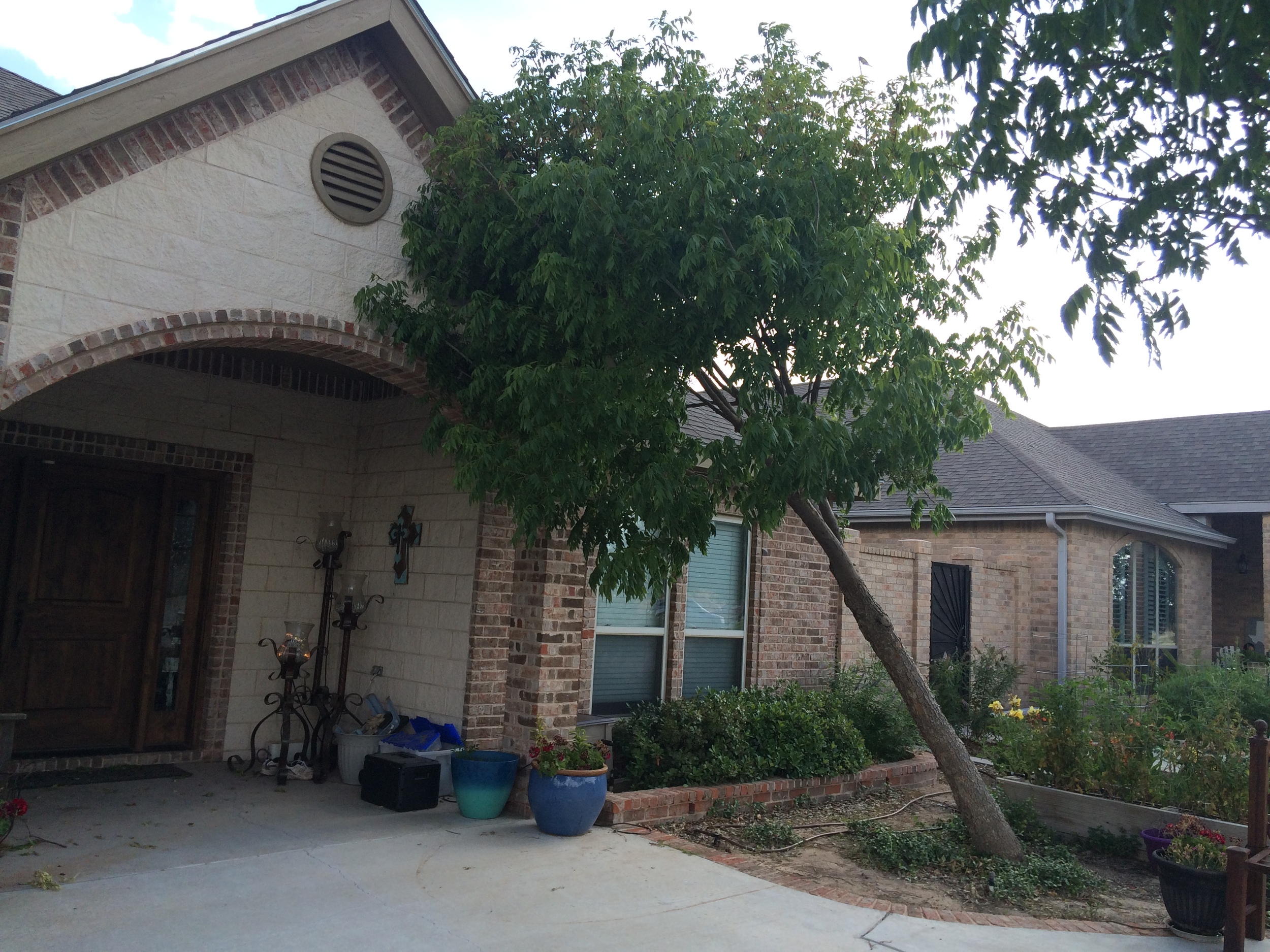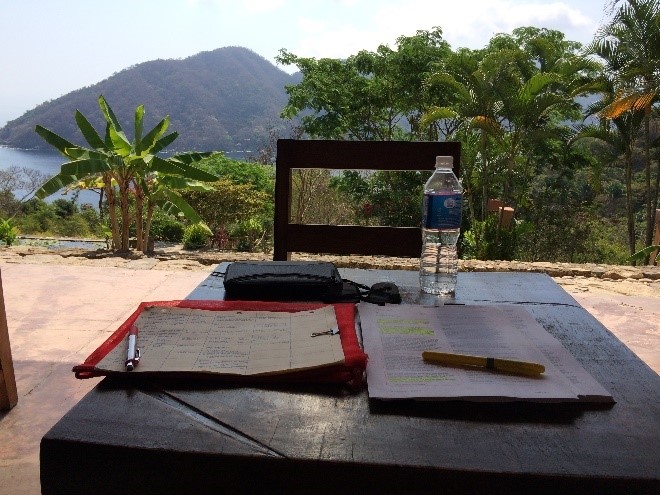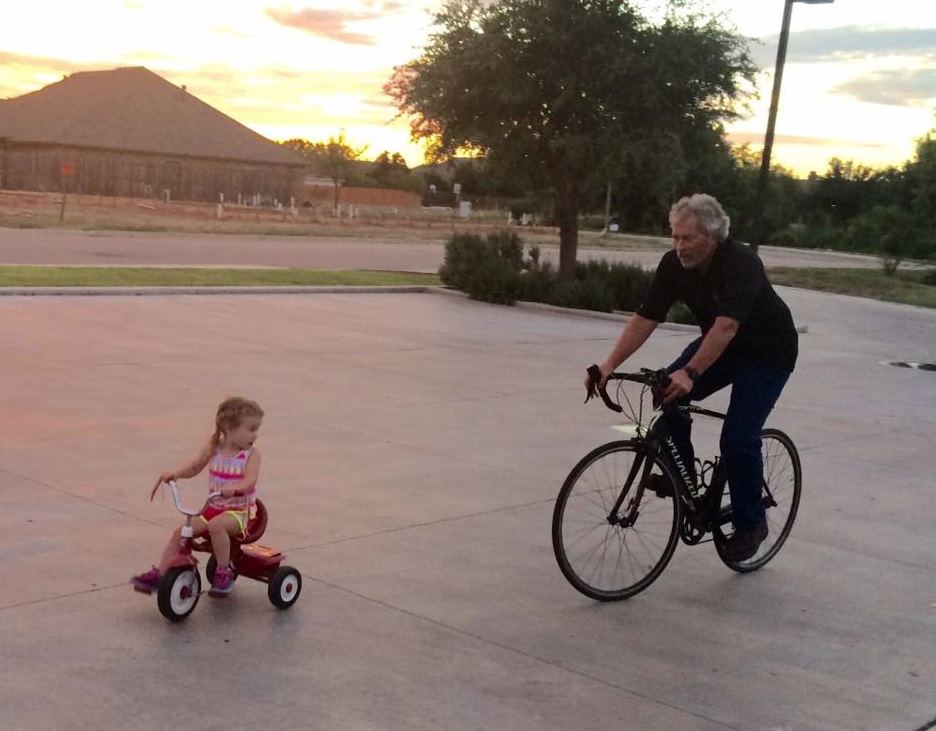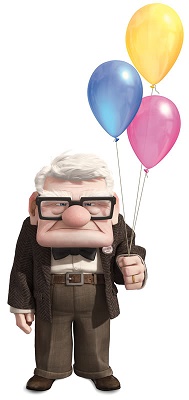A Second Chance
/“How do your new knees feel?” asked, well, almost everyone around the campfire.
“They feel great. They feel like I got a second chance.”
It was Sunday afternoon and Clark, John-Mark, and I had just arrived from a successful climb to the summit of Truchas Peak. We were right behind four young flat-bellies who hiked ahead of us.
I was tired. No, I was whipped. I felt all of 60 years. But more than anything I was happy and proud.
A year-and-a-half ago I had pretty much given up on hikes like this. I just didn’t have the stamina, or the knees, to keep it up. And then I got a second chance.
Truchas Peak is located in the Pecos Wilderness in the Sangre de Cristo Mountains, about 20 miles north of Santa Fe. For some reason it’s seldom visited, isn’t even covered in the books "50 Hikes in New Mexico" or "100 Hikes in New Mexico".
It’s a difficult hike. We started at Pecos Baldy Lake (11,000’) and hiked four hours up to the Peak (13,102’). The final push to the top was a scramble on boulders and loose talus. I suppose a missed step or slip would produce at best a 100’ face-down slide, or at worst an end-over-end tumble to the bottom, but it didn’t seem that dangerous at the time. Maybe the lack of oxygen clouded my thinking.
I used to tell people I was built for tug-of-war, not distance running. I usually said this while bent over, hand on knees, gasping for air, after finishing a distance race. But I’ve come to understand that running and hiking are not just things I do, or even what I’m good at. They are a privilege; a gift.
They are also thin places for me. I seldom draw inspiration from a stunning view I drove to; somehow I need to earn it. For me it’s not the view but the effort, the process, which opens my eyes and heart to God. My stories tend not to be about finding God in nature, but finding God on the trail.
And I like touching the top of mountain peaks. For one thing there is the feeling of accomplishment; you know when you’ve reached the end. And after a head-down stare at the trail that goes on for hours, the sudden break into the clear at the summit feels liberating. Your perspective changes immediately. The whole world looks different than it did just moments before.
For years I identified with the term Peregrinatio pro Christo. I loved the idea I was a lifelong pilgrim for Christ, always learning, always searching, never completely arriving, but growing deeper and wiser and wider and more graceful and loving, moving further up and further in. My many solo backpacking trips fed this yearning for pilgrimage.
Now, however, I realize being a lifelong pilgrim is not enough. Merely searching for God is too small a life. My heart’s desire has changed from being a pilgrim to being a guide. I don’t want to journey alone. I want you to come with me to the high country. Together we’ll grow and live a deeper, richer life with God.
“I run in the path of Your commands, for You have set my heart free.” Psalm 119:32






 still standing, but it was now leaning a different direction, against the porch. It seemed more unstable than before. It was time to take it down.
still standing, but it was now leaning a different direction, against the porch. It seemed more unstable than before. It was time to take it down. I’ve been a goal setter and list maker as far back as I remember. Goal setting is about making moves now based on what you want your life to look like ten or twenty years from now. I make a list of New Year’s Goals almost every January 1, but the urge to create a big list of 100 Life Goals came after I read
I’ve been a goal setter and list maker as far back as I remember. Goal setting is about making moves now based on what you want your life to look like ten or twenty years from now. I make a list of New Year’s Goals almost every January 1, but the urge to create a big list of 100 Life Goals came after I read 

 change. I’d prefer not to be the old guy of the office shuffling aimlessly among the cubicles with dirty clothes.
change. I’d prefer not to be the old guy of the office shuffling aimlessly among the cubicles with dirty clothes.





